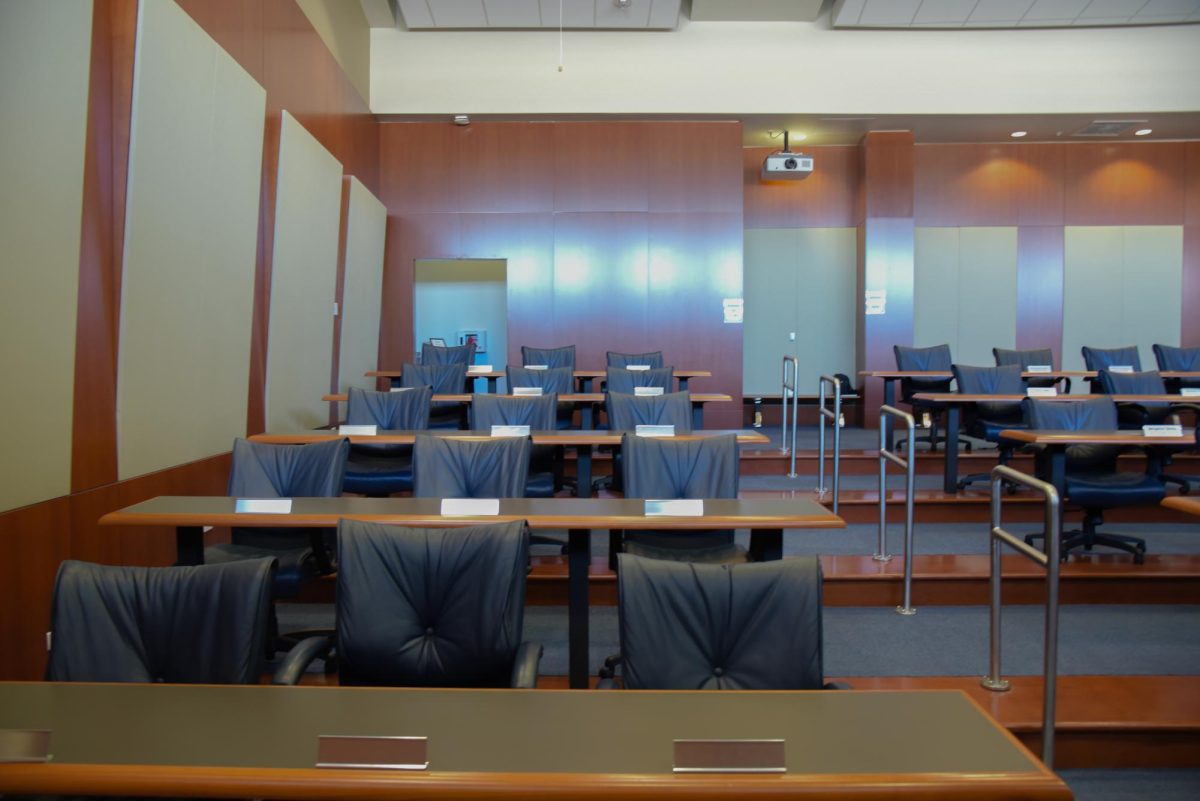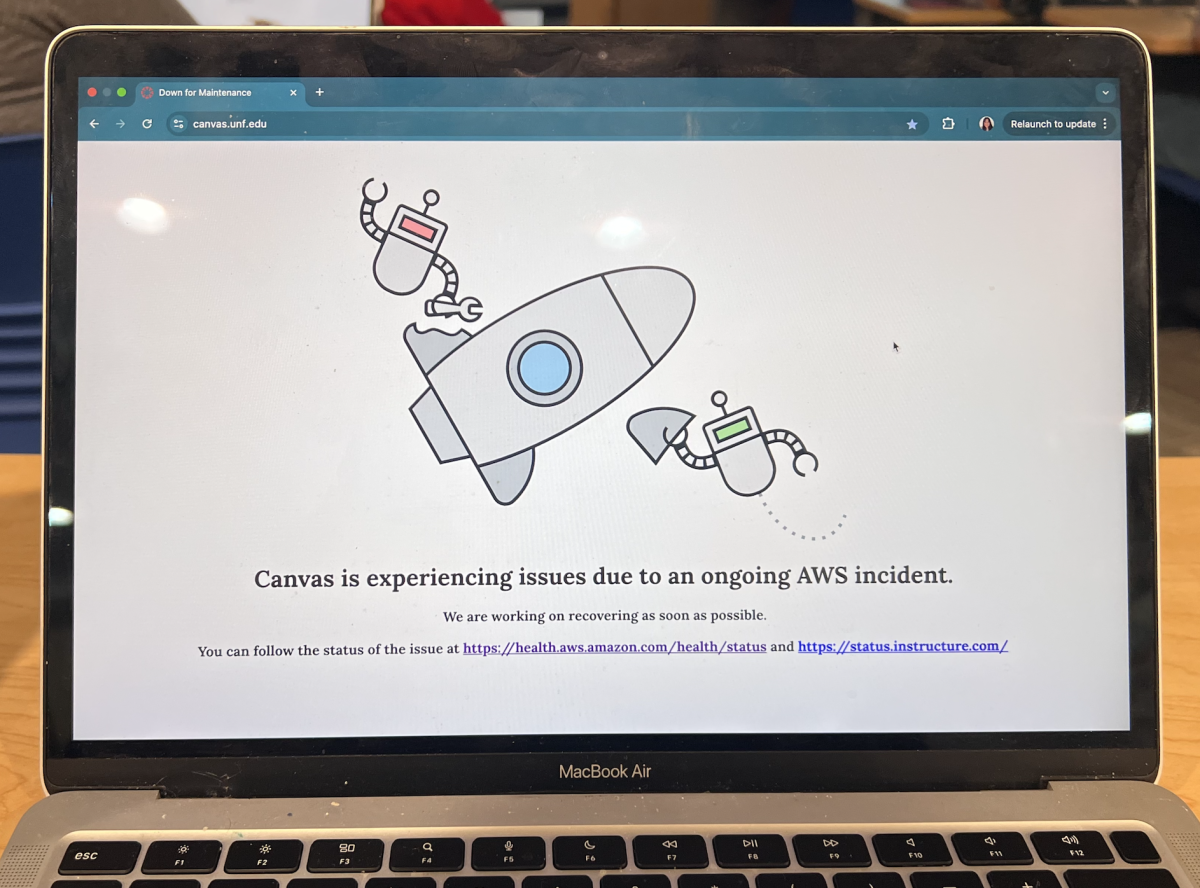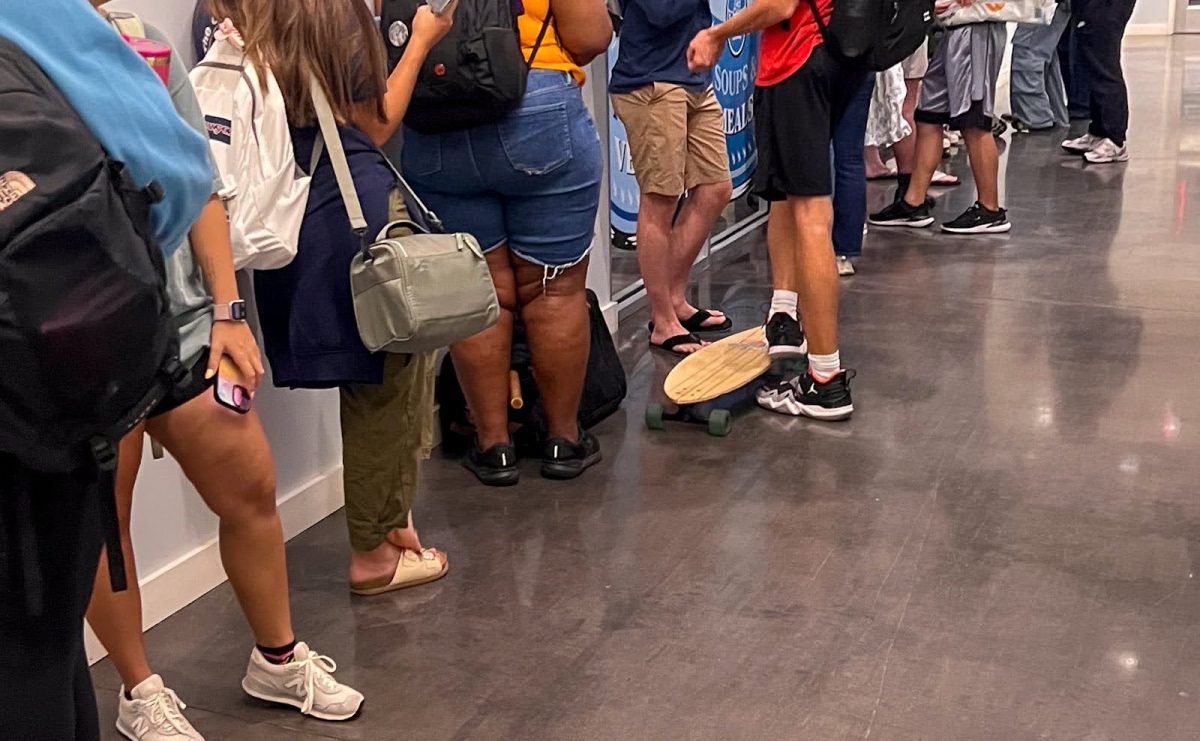Two UNF alumni recently patented a medical device they said will solve a reoccurring medical condition that has cost patients, hospitals and insurance companies billions of dollars each year.
Alan Smithgall and Kelvin Lebaux developed the Patient Position Monitor one year prior to their graduation in 2009. It was officially patented two weeks ago. The device was developed to help prevent bedsores in immobile patients — particularly older patients — in hospitals.
Typically in people over 70, their skin will start to develop pressure holes.
According to Advances in Skin and Wound Care, 8 to 40 percent of Intensive Care Unit patients develop bedsores. Smithgall said bedsores are a huge problem because people have died from them.
Smithgall, whose undergraduate major was construction management, came up with the idea for the device from his wife, who was a nurse at numerous Jacksonville-area hospitals over a 13 year period, including Memorial Hospital, Mayo Clinic and Shands.
She talked to him and realized there was no way to know if a patient had been repositioned and treated as he or she should be. Hospital personnel monitor patients’ positioning by writing it down.
Smithgall said the problem with this is hospital personnel are often overworked, and they have shift changes and can forget to reposition patients.
Nurses write it down and don’t know really being done, he said.
“It can be solved so easily just be repositioning,” Smithgall said. “That’s the major problem. It’s an easily fixed problem, it’s just not being fixed because not properly monitoring.”
The device is no bigger than a keyless remote that is attached to the upper body of the patient, Smithgall said. It uses the Wii remote technology through Bluetooth and sends data through computer or text message.
Hospital personnel can go to the nurse’s station and check the status of patients’ repositioning and what time it was done, the position in which they are laying, such as on the right or left side, back, etc., and the amount of time they have been in that position.
If a patient hasn’t been repositioned in two hours, there will be a flash on the screen to let hospital personnel know this patient is beyond their allotted repositioning time.
As well, the device attached to the patient blinks once it passes its predetermined time, so when hospital personnel walks into the room, they will see the device flashing and know that it is time to reposition the patient.
Smithgall needed an engineer and found Kevin Lebeaux, who attended UNF until 2008, and contacted him with the idea after seeing an article about his engineering projects in the Spinnaker in 2008.
Lebeaux, owner of Lebeaux Technologies LLC, said Smithgall became frustrated his idea may have already been done, Lebeaux assured him they could develop a device that was easier to use and would provide more information than other devices.
“When we talked about it a little bit more, and we can do a lot of stuff to make it easy and new, actually something that people could use, he pretty much got excited about it then,” Lebeaux said.
The device can also be tracked to family members of patients’ cell phones to let them know when their loved one has been repositioned.
Smithgall said they are looking at the device to be around $200, but that price is subject to change. They have not showed the device to any companies or nursing homes but plan to do so in the near future.











